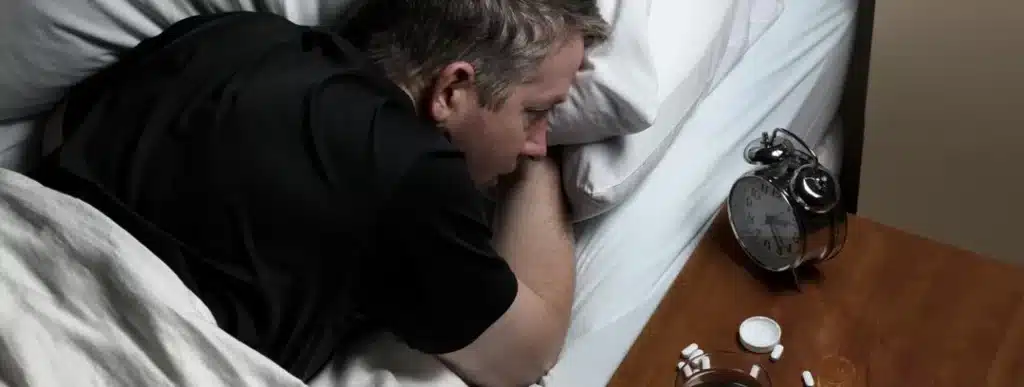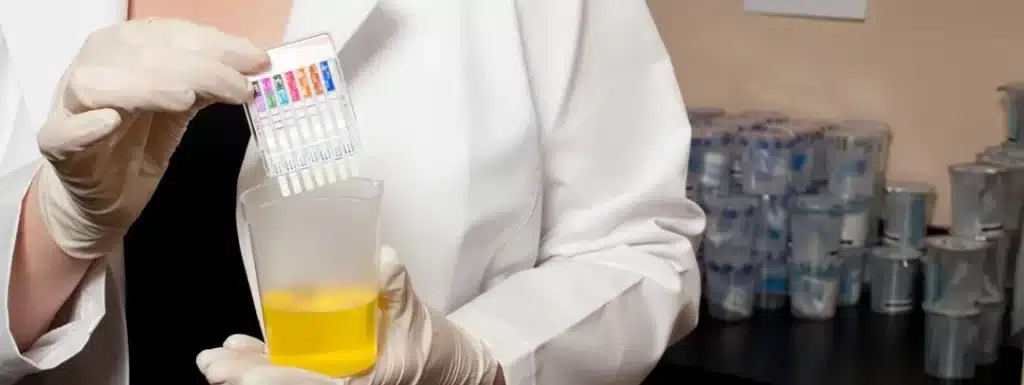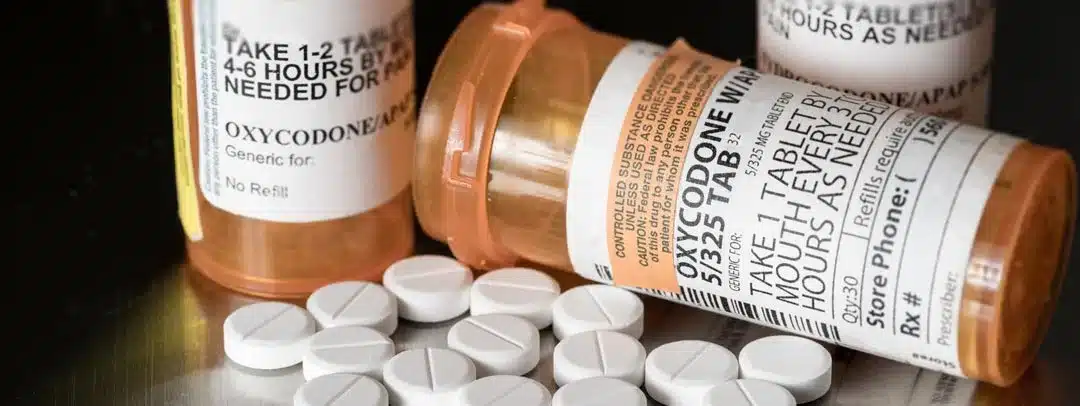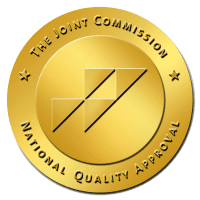Get Details on the Duration of Oxycodone in the Body
Opioid abuse is a nationwide epidemic. Oxycodone is a powerful and addictive opioid that doctors prescribe for severe pain relief.
Many people begin taking oxycodone to deal with cancer pain, chronic pain, or serious injury. For most people, it’s meant to be a short-term solution.
Unfortunately, oxycodone has the potential to become a major source of addiction. If you’re taking this opioid painkiller, you may be asking, “How long does oxycodone stay in your system?”
We have the answer. Here’s a guide to how long oxycodone remains in your system after use.
What Is Oxycodone?
Oxycodone is an opioid pain relief medication. It works to depress the central nervous system and relieve moderate to severe pain in adults. Some immediate-release forms of oxycodone include:
- Oxycodone IR
- Oxaydo
- Roxicodone
- Roxybond
Some controlled or extended-release oxycodone brands include:
- OxyContin CR
- Xtampza ER
Other medications containing oxycodone include:
- Percocet
- Xartemis XR
- Oxycodone with aspirin or ibuprofen
Oxycodone is a federally controlled substance that works on the brain’s opioid receptors or pleasure centers. Unlike counterfeit Percocet M30 pills, often called blues, oxycodone is most often found as a prescribed drug due to the crackdown on its widespread availability in recent years.
How Does Oxycodone Work?
Oxycodone is a powerful narcotic that affects how the brain and nervous system respond to pain signals. The drug binds to the mu-opioid receptor to block severe pain, allowing the user to experience pain relief.
The dosing of oxycodone varies from person to person. Most doctors begin with a small dose and increase it until it provides adequate pain relief.
Patients taking oxycodone begin to feel its effects within 20 to 30 minutes. It reaches peak concentration one to two hours after taking it.
For controlled or extended-release versions, peak concentration takes three to four hours.
Oxycodone Misuse

Oxycodone is a Schedule II controlled substance. This means the potential for misuse is quite high.
Due to the drug’s euphoric effects and feelings of relaxation, people who take oxycodone can become addicted quickly. This can lead to many problems in life, including money issues, family estrangement, self-isolation, and drug-seeking behaviors.
The more you take, the higher your tolerance becomes. This causes a dangerous cycle of addiction where you need more and more of the drug to achieve the same initial effects.
Some adverse side effects of oxycodone use include:
- Severe headaches
- Chronic sinus infections
- Lung infections
- Sleep problems
- Withdrawal symptoms
- Difficulty swallowing
- Liver problems
- kidney problems
How Long Does Oxycodone Stay in Your System?
To know how long oxycodone remains in your system after ingestion, you must consider its half-life. This is the amount of time it takes to eliminate half of the drug from your system.
Immediate-release forms of oxycodone have a half-life of 3.2 hours. Controlled and extended-release formulations have longer half-lives of 4.5 to 5.6 hours.
It takes several half-lives to completely eliminate oxycodone from your system. The metabolic process varies by medication and person, so oxycodone’s half-life will vary.
Some factors that determine a drug’s half-life include:
Age and Gender
Older adults, aged 65 and up, have oxycodone blood concentrations that are 15% higher than younger adults. Older adults take longer to eliminate the drug from their systems.
Oxycodone blood concentrations are also 25% greater in healthy females than in males.
Liver and Kidney Function
Individuals with liver or kidney problems metabolize oxycodone more slowly than those with healthy liver or kidney function. The half-life of oxycodone increases by 2.3 hours for someone with poor liver function.
The half-life increases by one hour for someone with kidney problems.
Duration of Drug Use
Oxycodone accumulates in fatty tissues over time. This increases the time it takes to eliminate it from the body.
Alcohol
The effects of oxycodone intensify when taken with alcohol. This extends the half-life of the drug in your system.
Taking oxycodone with alcohol increases the risk of a fatal overdose.
Other Medications
Taking oxycodone with other medications can increase the chances of dangerous drug interactions, respiratory depression, and other serious problems.
You may stop feeling the effects of oxycodone before it’s fully eliminated from your system. It’s possible to detect the drug in urine, saliva, and hair even after it’s cleared from your system for 24 hours.
How Long Is Oxycodone Present in Urine?

Testing can detect oxycodone in urine one to three days after last use. The breakdown product noroxycodone can also be found in urine within the same timeframe.
Drug tests can detect oxycodone, noroxycodone, or both substances.
How Long Is Oxycodone Present in Blood?
Both oxycodone and noroxycodone remain present in the blood for only three to six hours after use. This is the reason blood tests aren’t typically used to screen for oxycodone.
How Long Is Oxycodone Present in Hair?
Hair tests can detect the presence of oxycodone longer than other types of testing. Hair tests can detect the presence of oxycodone over the last 90 days with a 1.5-inch strand of hair.
Hair testing is commonly done in prisons to detect opioids and other types of drugs.
Testing for Oxycodone
A doctor, your employer, or the court can order various types of tests to determine if you’ve taken oxycodone or other drugs. Drug tests may be used to show:
- If you’re taking your medication as prescribed
- If you’re taking substances a doctor hasn’t prescribed
- If you’ve relapsed and are using drugs after quitting
The common tests for detecting oxycodone include urine, hair, and saliva tests. Blood testing is less common since it only detects oxycontin use over the past few hours.
Urine testing is the most common way to detect oxycodone. It’s the least expensive and least invasive type of drug test.
What Factors Affect Oxycodone Drug Tests?
There are many factors that affect how long a substance will show up on drug tests. Factors that can affect a test for Oxycodone include:
- The oxycodone formulation
- The dose of oxycodone
- How often you’re taking the drug
- How you administer the drug
- Your sex and body composition
- Your age
- Other medications
- Your general health
- Nutrition
- hydration
- The test itself
If you have questions about oxycodone showing up in a blood test, you should talk to your doctor. If you think you have an addiction to oxycodone, there is help available.
The Symptoms of Oxycodone Withdrawal

When you take oxycodone regularly, your brain becomes accustomed to its presence. This means when you stop taking oxycodone suddenly, you may experience withdrawal symptoms.
These symptoms may include:
- Trouble sleeping
- Muscle aches
- Sweating
- Increased tear production
- Yawning
- Runny nose
- Abdominal cramps
- Enlarged pupils
- Goosebumps
- Diarrhea
- Nausea and vomiting
- Agitation
- Anxiety
These symptoms vary depending on whether you take the short or long-acting forms of oxycodone. If you take both, your symptoms will likely reflect the timeline for the long-acting formulation.
For short-acting oxycodone, withdrawal symptoms may begin within 12 hours of your last use. They peak at 24 to 48 hours and improve over the next three to five days.
For long-acting oxycodone, withdrawal symptoms begin 30 hours after your last use and may last for up to 10 days.
Oxycodone withdrawal isn’t easy and can be difficult to manage on your own.
Are you ready to seek help for an oxycodone addiction? Medically supervised detox can offer the support you need to quit using oxycodone and stay clean and sober for the long term.
Reaching Out for Help With Painkillers
If you’re worried about passing drug tests, it may be a sign that you need drug rehabilitation. It’s not a sign of weakness to reach out for help.
It’s actually quite brave to admit you have a problem and want to change your life for the better. Recovery from oxycodone addiction isn’t easy, but there is hope.
There are a number of obstacles on the road to addiction recovery, beginning with medical detox. Opioid withdrawal can be very uncomfortable.
It’s a common reason people don’t reach out for help and the reason many continue to use drugs. An addiction specialist can assist you through the withdrawal process in the safest way possible.
At Purpose Healing Center, our accredited treatment programs offer both evidence-based and holistic approaches to treating addiction. A holistic approach to addiction treatment, along with psychological therapy, can help you break free of your addiction and move on to a sober life.
Counseling can help you confront a variety of issues surrounding your addiction. Some of these include:
- Understanding the underlying causes of your addiction
- Identifying triggers
- Overcoming past trauma
- Building coping mechanisms for everyday life
Inpatient and outpatient addiction treatment is available. Support groups can be very helpful and provide a safe space to share common experiences.
A comprehensive approach to treatment can help you understand your addiction and the steps to take to maintain sobriety.
Getting the Right Treatment Program at Purpose

Opioid addiction is a national epidemic, and the problem is growing year by year. If you’re asking how long does oxycodone stay in your system, it may be time to get some help.
Oxycodone is a highly addictive drug, and kicking the habit isn’t easy. But it can be done.
At Purpose Healing Center, we understand the difficult challenges of dealing with a drug addiction. We are here to help.
We know that everyone’s addiction recovery process is unique. That’s why we offer customized treatment plans to ensure you get the support, education, and tools you need for sober living.
Reach out today to discover what Purpose Healing Center has to offer.



